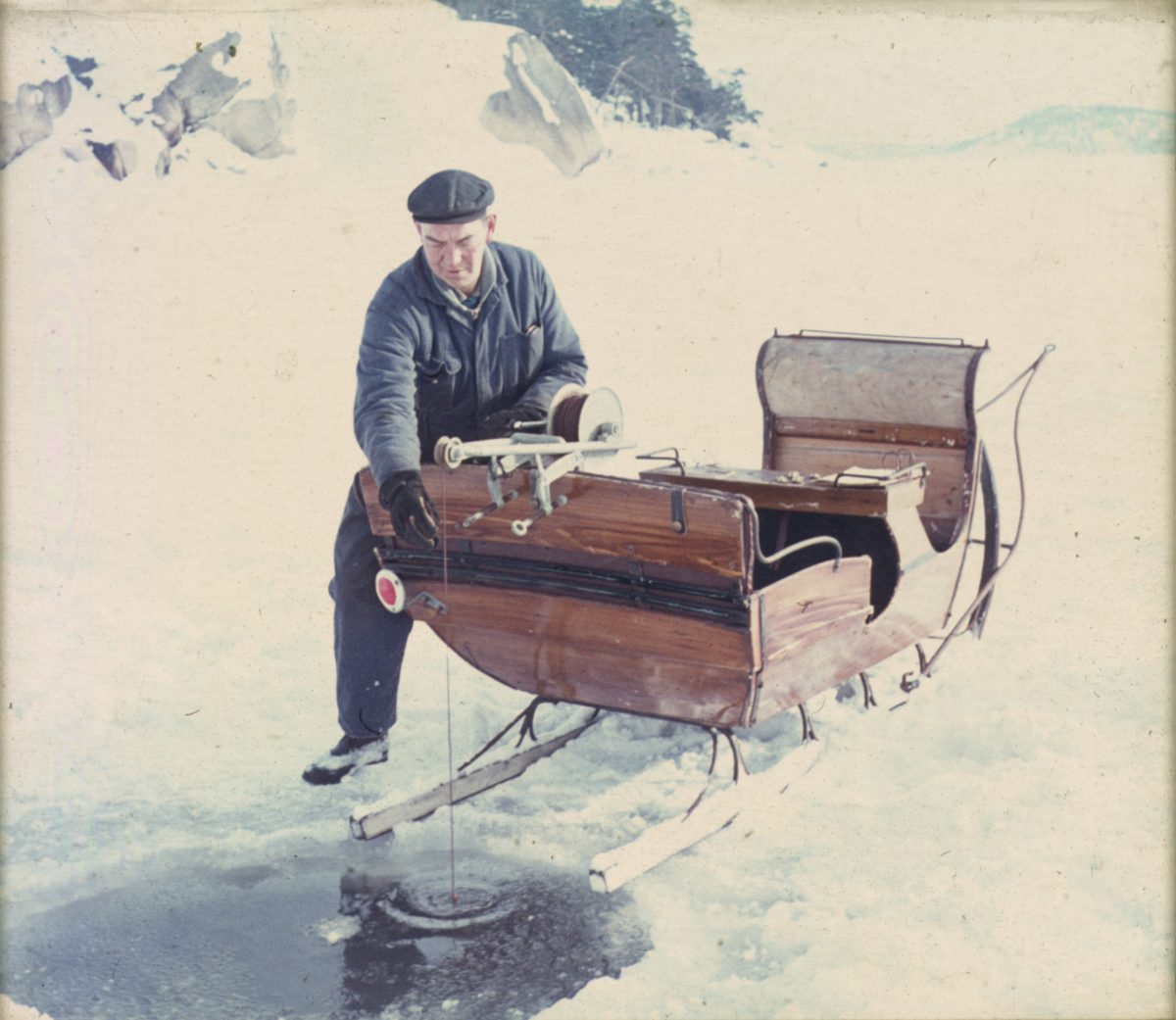FRAUD (Audrey Samson & Francisco Gallardo)
3.-11.9.2019
Seili
FRAUD (Audrey Samson and Francisco Gallardo) came for their first research visit to Seili and stayed on the island for a brief residency following the retreat. They shared their initial impressions and questions to be developed in collaboration with CAA and the Archipelago Research Institute:
“Balticscapes
The Baltic Sea is a very particular body of water, a brackish mix of salty and fresh water, while the layered sea floor is an archive of its past (due to its anoxic condition, it is perfectly stratified). Yet, because of its size and other particularities, it is also an indicator of what will happen to the oceans in the future, the canary in the coal mine so to speak. It also contains the largest archipelago in the world, of which the island of Seili is a part of.
Seili is home to the Archipelago Research Institute, which has been monitoring the sea since the 60s and advanced the understanding of the Baltic and the disruptions affecting it due to climate change, such as the dramatic drop in the size of the herring, the salinity decrease due to increased rainfall, eutrophication due to industrial agriculture, etc. The island itself has a complex genealogy, inhabited in the 1600s by lepers expelled from the mainland, afterwards by ‘unruly’ women similarly unwanted and detained in a ‘mental hospital’, now home to marine biologists and a plague of ticks.
During our stay, we were particularly fascinated by the basic research sampling methods used on the island, and its rich history and indexicality. The embodied knowledge of the scientist observer contextualising each data sample, now shifting towards troubleshooting complex apparatuses such as the SBE sonde.”
FRAUD will continue investigating these balticscapes, in the context of CAA’s Spectres in Change programme.
Read more:
Midsummer Mast
Meadow-exhibition
Talk: Midsummer Mast
Spectres of Landings II


